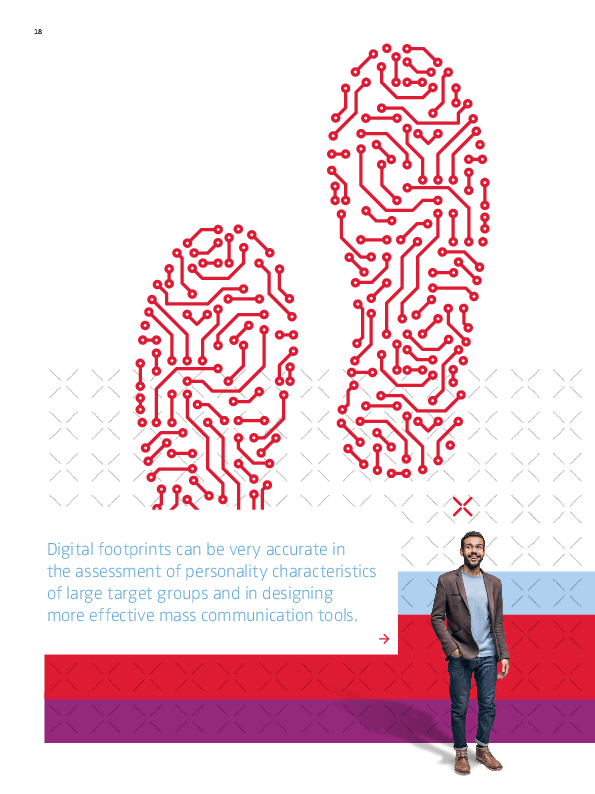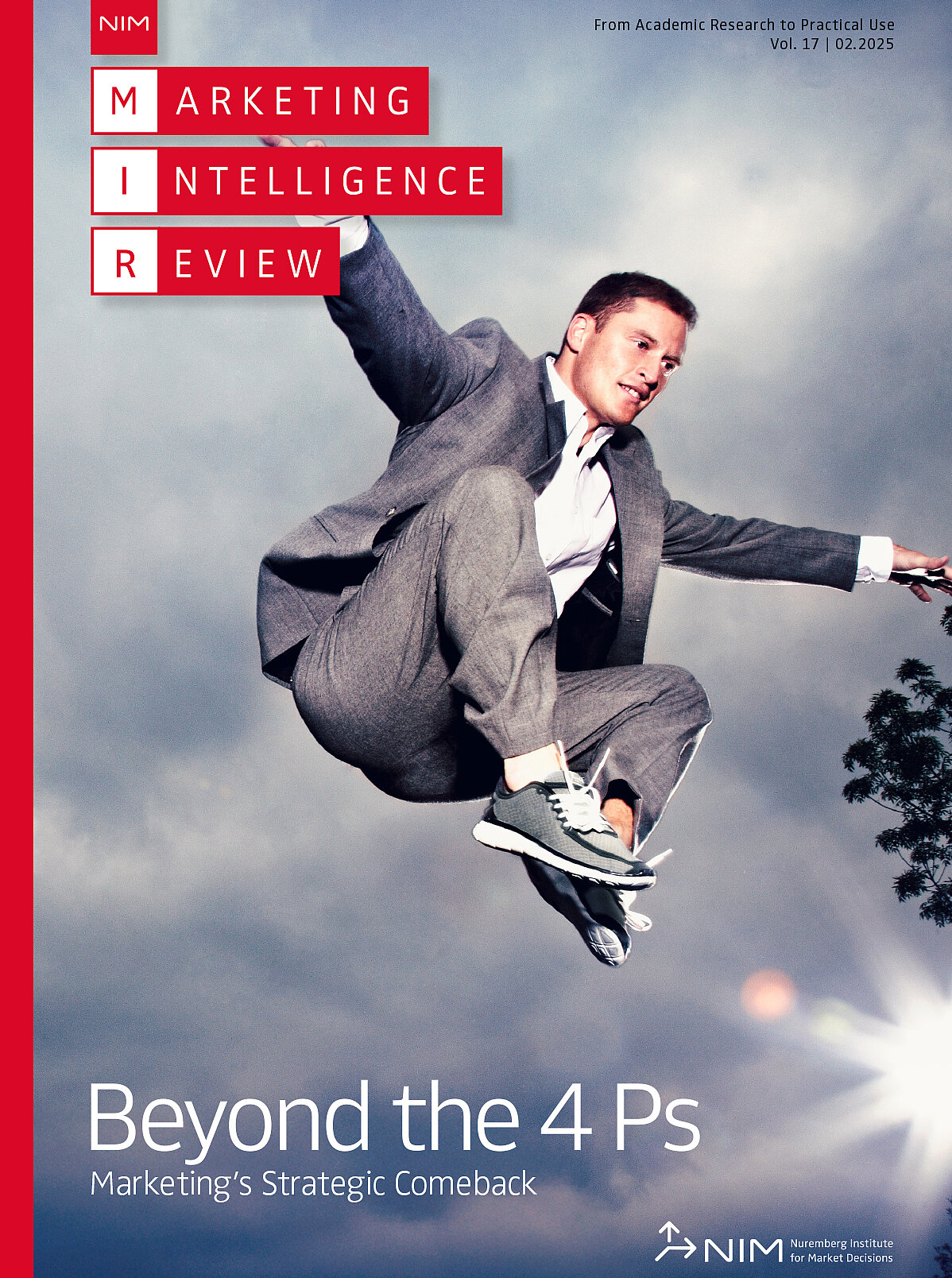Using Consumers’ Digital Footprints for More Persuasive Mass Communication
Sandra Matz and Michal Kosinski
Powered by better hardware and software, and fueled by the emergence of computational social science, digital traces of human activity can be used to make highly personal inferences about their owner’s preferences, habits and psychological characteristics. The gained insights allow the application of psychological targeting and make it possible to influence the behavior of large groups of people by tailoring persuasive appeals to the psychological needs of the target audiences. On the one hand, this method holds potential benefits for helping individuals make better decisions and lead healthier and happier lives. On the other hand, there are also several potential pitfalls related to manipulation, data protection and privacy violations. Even today’s most progressive data protection regulations might not adequately address the potential abuse of online information in the context of psychological targeting, highlighting the need for further policy interventions and regulations.

![[Translate to English:] [Translate to English:]](/fileadmin/_processed_/e/e/csm_hildebrand_intro_ai_vol_11_no_2_de_1e0479d1e9.png)
![[Translate to English:] [Translate to English:]](/fileadmin/_processed_/f/1/csm_2019_nim_mir_ai_de_res__Kapitel_2__52310f2f29.png)
![[Translate to English:] [Translate to English:]](/fileadmin/_processed_/2/e/csm_2019_nim_mir_ai_de_res__Kapitel_3__b6b9b04ed2.png)
![[Translate to English:] [Translate to English:]](/fileadmin/_processed_/4/d/csm_2019_nim_mir_ai_de_res__Kapitel_4__c125a66154.png)
![[Translate to English:] [Translate to English:]](/fileadmin/_processed_/d/5/csm_2019_nim_mir_ai_de_res__Kapitel_5__5621369382.png)
![[Translate to English:] [Translate to English:]](/fileadmin/_processed_/8/4/csm_taylor_ai_vol_11_no_2_eng_6d2c64d841.png)
![[Translate to English:] [Translate to English:]](/fileadmin/_processed_/c/2/csm_2019_nim_mir_ai_de_res__Kapitel_6__ce9e09e186.png)


